Tea can be sour.
Yes, some teas turn out sour. They are usually the heavily fired kind, in this case, a tieguanyin from Taiwan.
As I’ve said a few days ago, teas from Taiwan tend to be thin. Tieguanyin made in Taiwan also tend to be heavily fired. My suspicion is that they simply can’t get it to taste nearly as good as the Fujian tieguanyin when they do it qingxiang (which literally means “clear fragrance”) so instead they fire it heavily, making the tea leaves exhibit a reddish brown colour, and the tea will come out tasting very strong, often a bit bitter, and in some cases, sour.
It’s not really supposed to be sour. Generally speaking, a sour tea is not a good tea. This somewhat sour tea that I drank today really ought to be brewed with less leaves, but it was the leftover bits (the last batch) which means that it’s not enough for two sittings, but too much for one. I’d rather have too much for one than not enough (i.e. weak tea) for two. And it came out sour.
A tea fanatic I’ve met at a teashop in Hong Kong has told me that one reason why the Taiwan teas are sour when they are heavily fired is that because Taiwan teas, unlike mainland ones, are rolled more tightly. When they are rolled tightly, and fired, the uneveness of the firing and the difficulty to penetrate the center of the leaves makes it sour because of the temperature differences. I’m not sure if she’s right, but she does know her tea really well and is very generous with sharing. I suppose I wouldn’t find out if it’s true or not easily, if ever, but I tend to trust her on these things. Of course, it helps that she’s let me tried some of her awesome Puerh that are now something along the lines of $1,000+ per cake (330g a cake, you do the math).

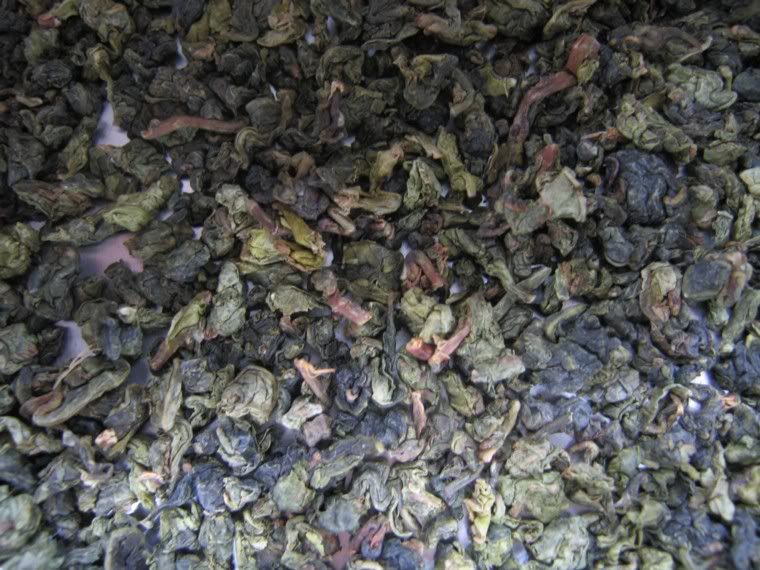
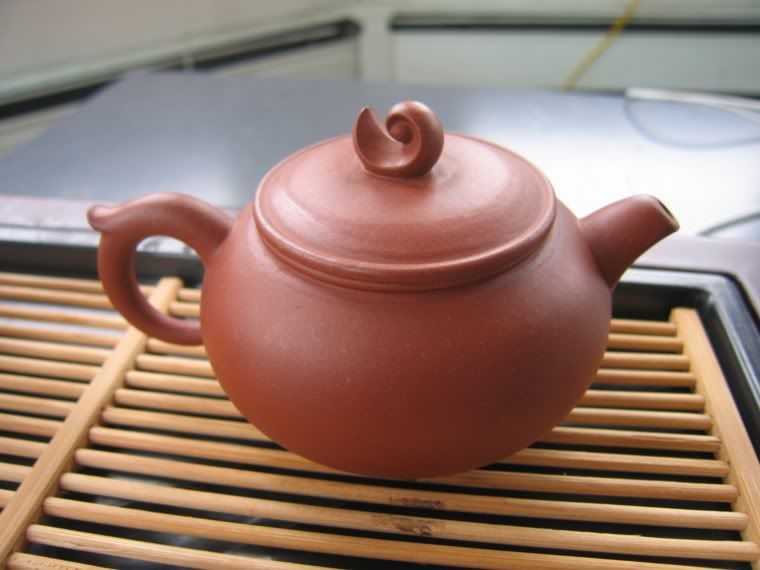
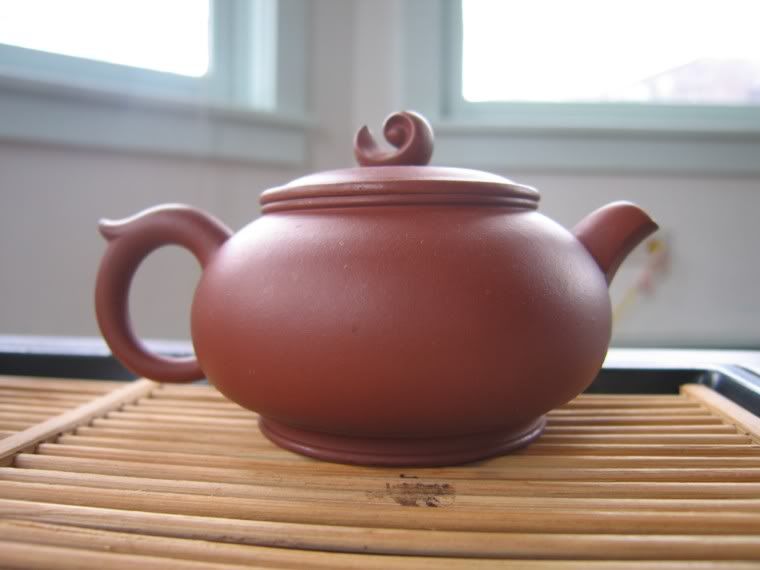
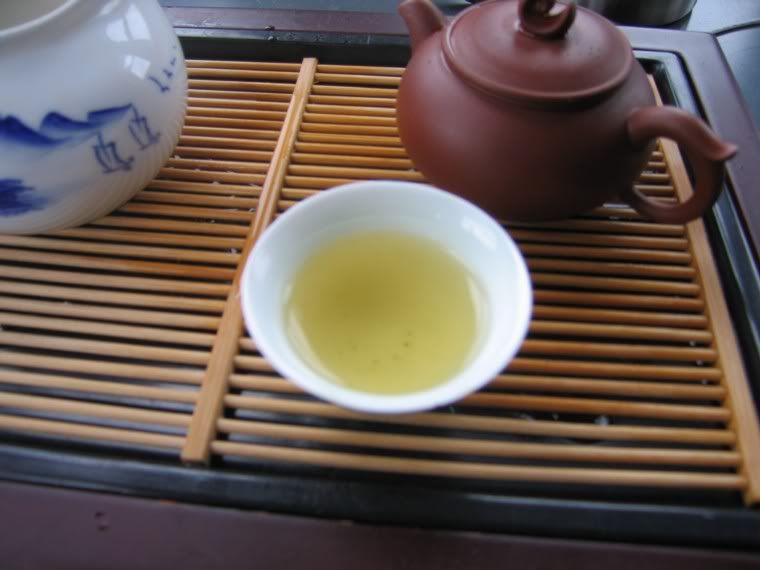
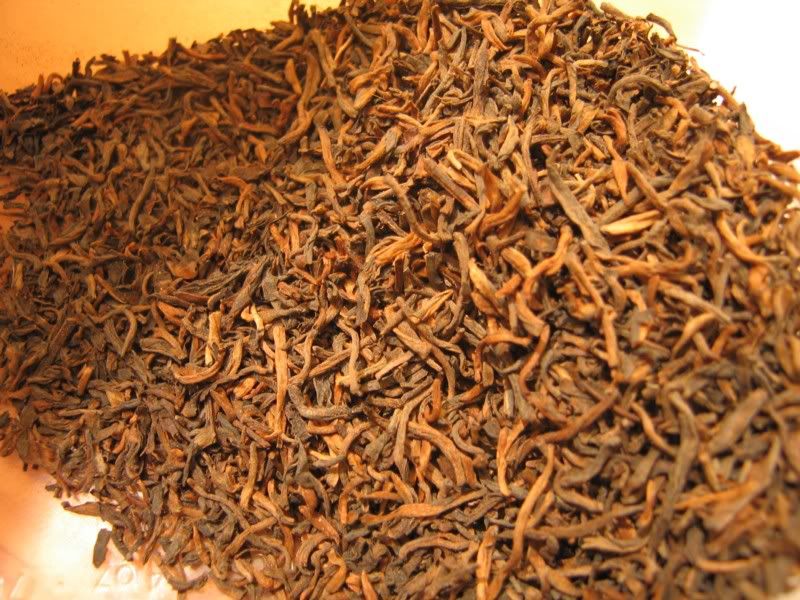
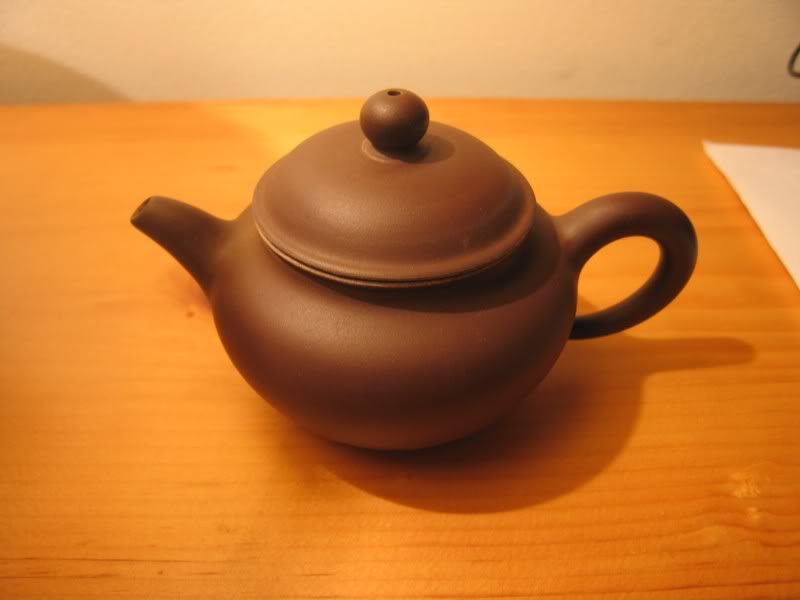
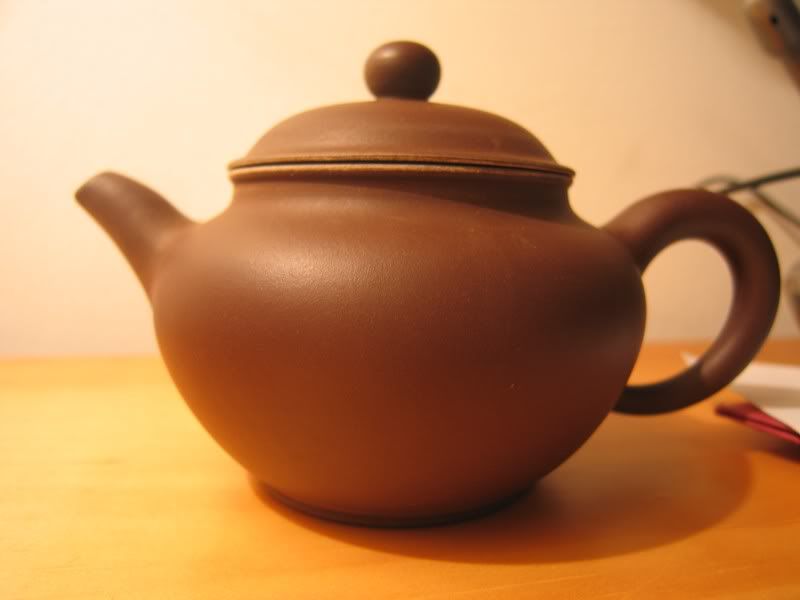
Yeah whisky prices have been leaking too, as well as luxury watches. I wrote a post maybe a decade ago…